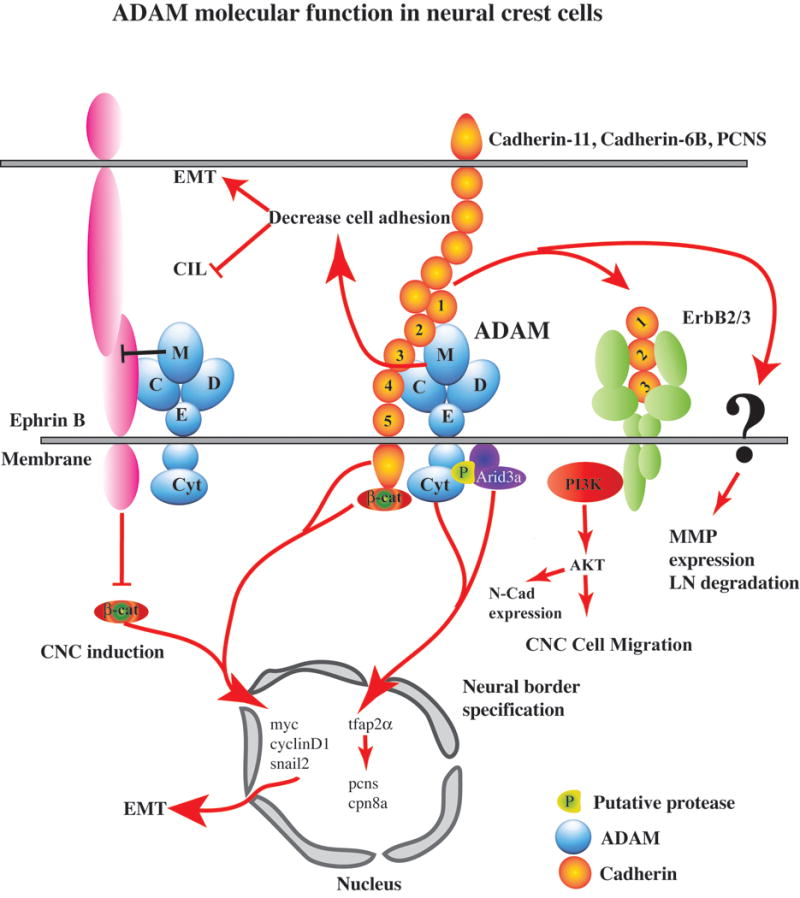Figure 2. ADAM molecular functions in neural crest cells.

ADAMs have been shown to regulate the Wnt/β-catenin signaling pathway in two ways. ADAM13 can cleave the Ephrin B ligand, thereby blocking signaling that represses β-catenin. Thus, ADAM13 cleavage of Ephrin B increases β-catenin signaling, resulting in the robust expression of β-catenin target genes such as Snail2, CyclinD1 and myc. Second, by cleaving cadherins that associate with β-catenin at the membrane, ADAMs can initiate a series of proteolytic processing events, leading to the release of the cadherin cytoplasmic domain/C-terminal fragment (CTF2) still associated with β-catenin and thus stimulating this pathway. By cleaving cell adhesion molecules such as cadherins, ADAMs positively control the epithelial-to-mesenchymal transition (EMT) as well as negatively affect contact inhibition of locomotion (CIL). EMT is also stimulated by the activation of β-catenin target genes, which can occur through the formation of a CTF2/β-catenin complex. In the quail trunk neural crest, ADAM10 processes N-cadherin, forming a CTF2 that increases expression of β-catenin and CyclinD1, while chick cranial neural crest cells use ADAM10 and ADAM19 to cleave Cadherin-6B, liberating a CTF2/β-catenin complex that associates with chromatin and activates these and other EMT effector genes, including Snail2. This pro-EMT role for a cadherin cleavage fragment is also observed for the Cadherin-6B NTF, which furthers EMT by enhancing Laminin (LN) degradation, likely through activation of MMPs. ADAM13 cleavage of Cadherin-11 produces an extracellular fragment, EC1-3, that binds to the ErbB2/3 complex and stimulates the phosphorylation of AKT in CNC and eventual CNC migration. EC1-3 increases the persistence of migration while AKT phosphorylation has been shown to increase N-cadherin, a protein critical for CIL and controlling the onset of CNC migration. ADAM13 also controls the nuclear translocation of Arid3a and its ability to induce Tfap2α to define the neural plate border and, subsequently, the neural crest. At least two genes, PCNS and Calpain8a, which lie downstream of ADAM13/Arid3a/Tfap2α, are critical for CNC migration.
